
How to Use rx5808: Examples, Pinouts, and Specs
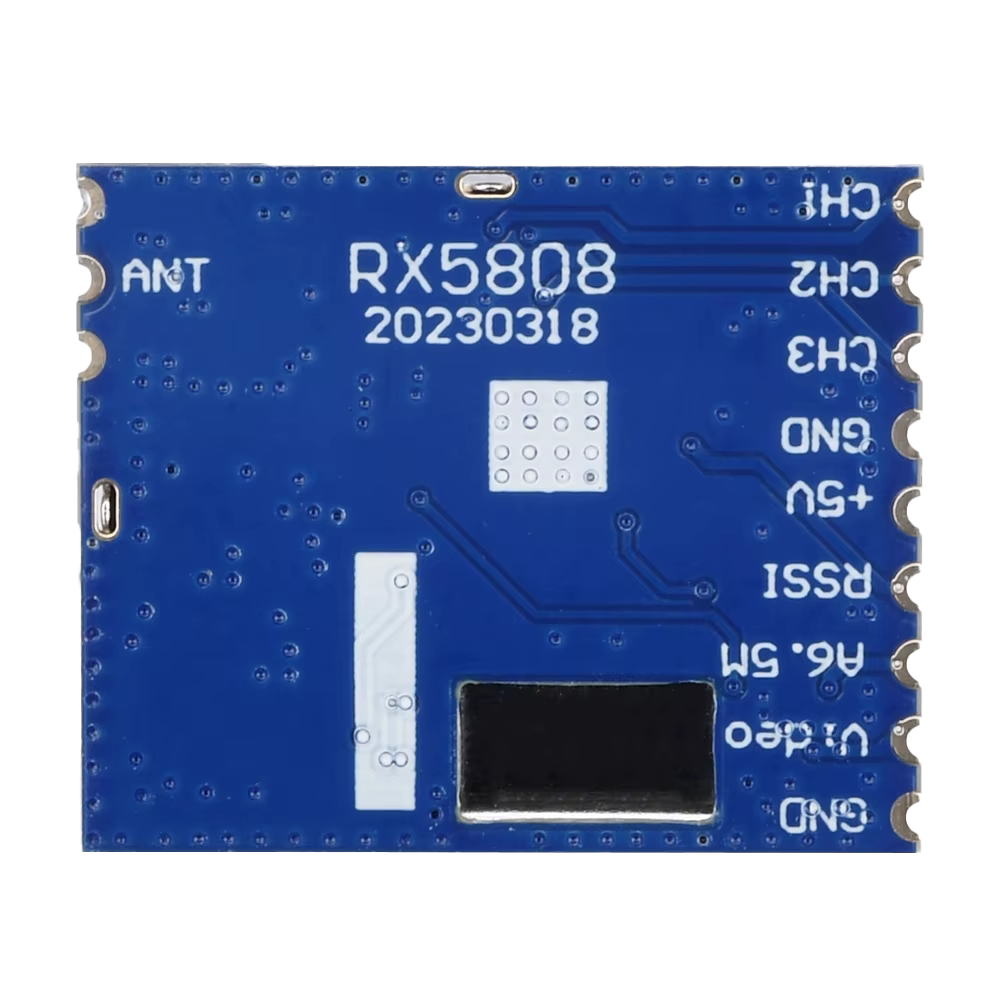
 Design with rx5808 in Cirkit Designer
Design with rx5808 in Cirkit DesignerIntroduction
The RX5808 is a low-power, high-performance RF receiver module designed for wireless communication in the 433MHz to 915MHz frequency range. It is widely used in remote control systems, telemetry applications, and other wireless data transmission projects. The RX5808 is known for its compact size, ease of integration with microcontrollers, and reliable performance, making it a popular choice for hobbyists and professionals alike.
Explore Projects Built with rx5808
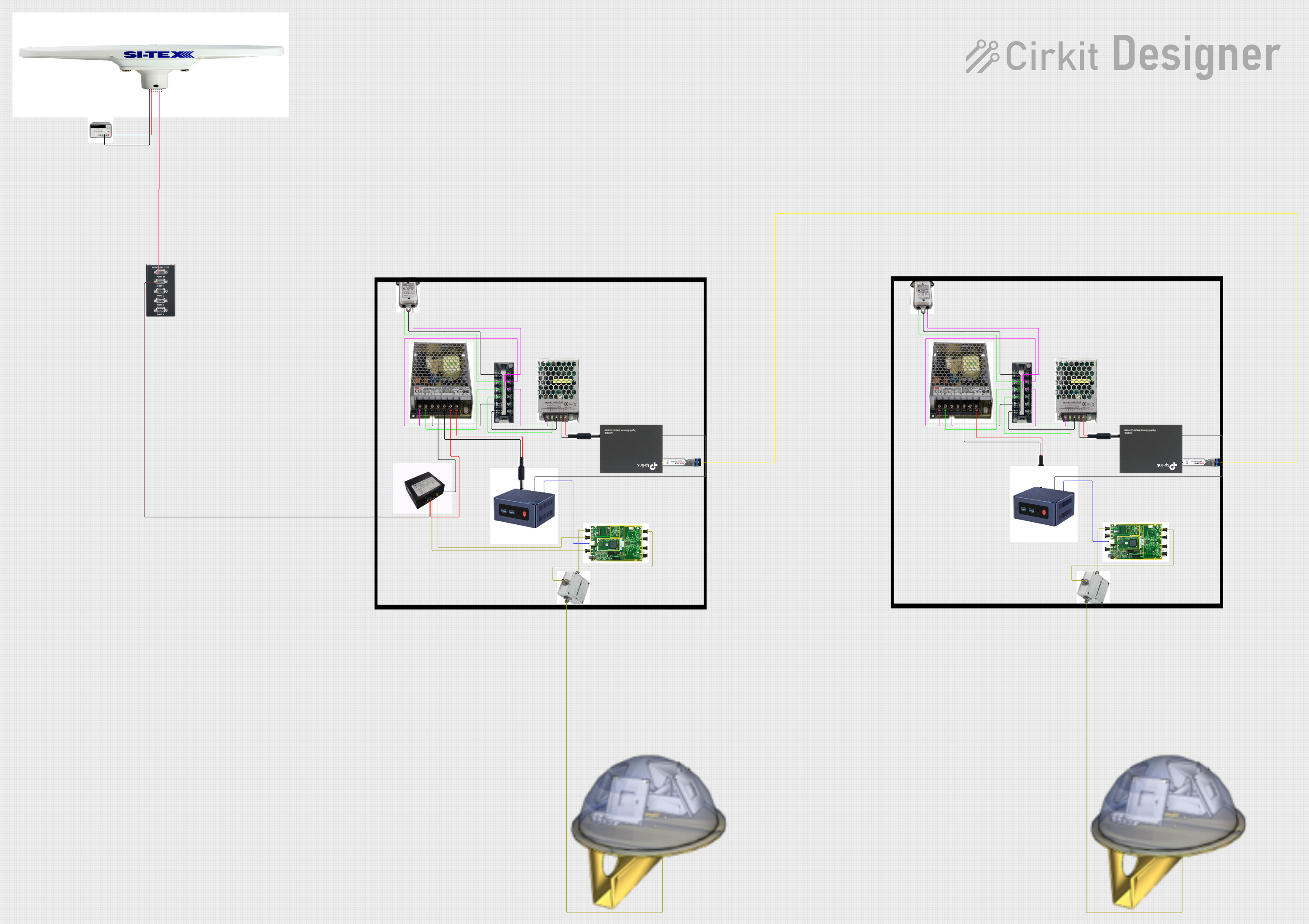
 Open Project in Cirkit Designer
Open Project in Cirkit Designer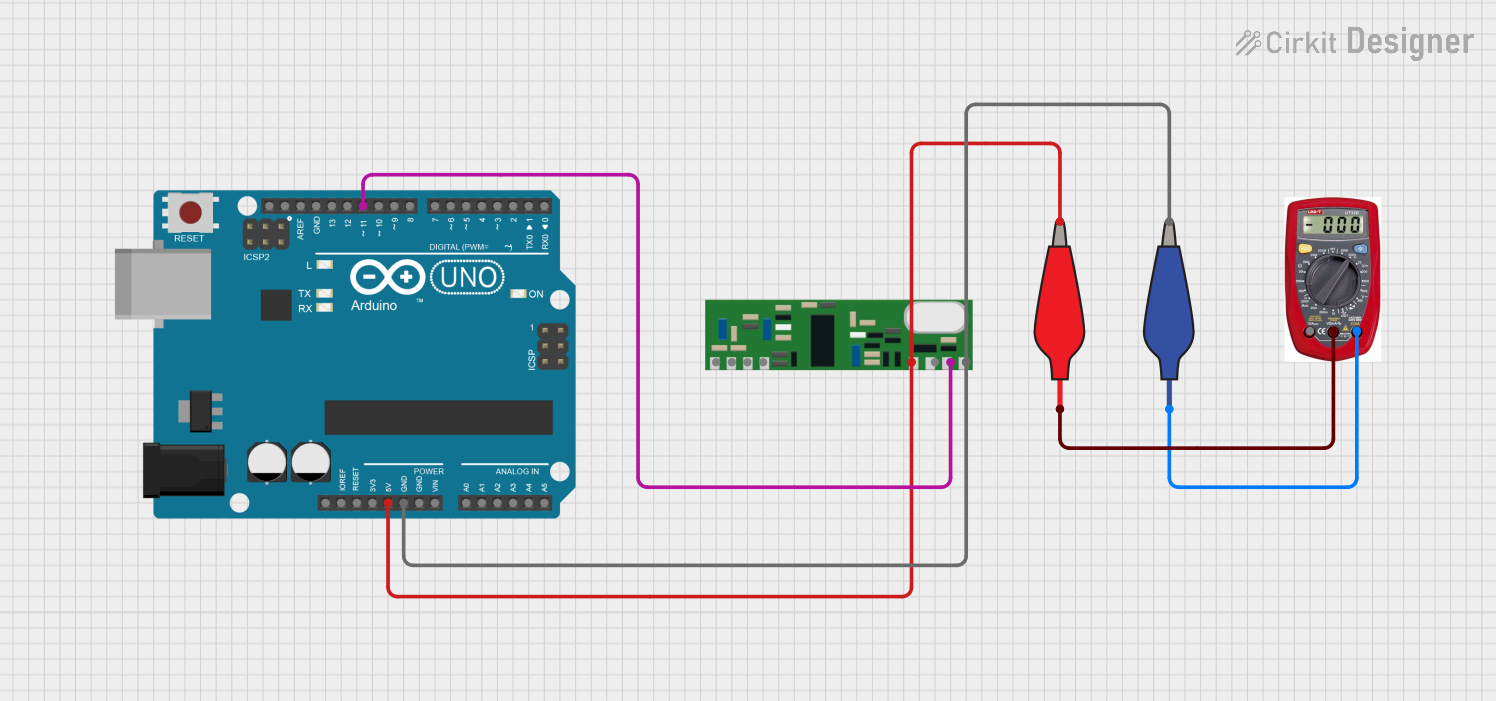
 Open Project in Cirkit Designer
Open Project in Cirkit Designer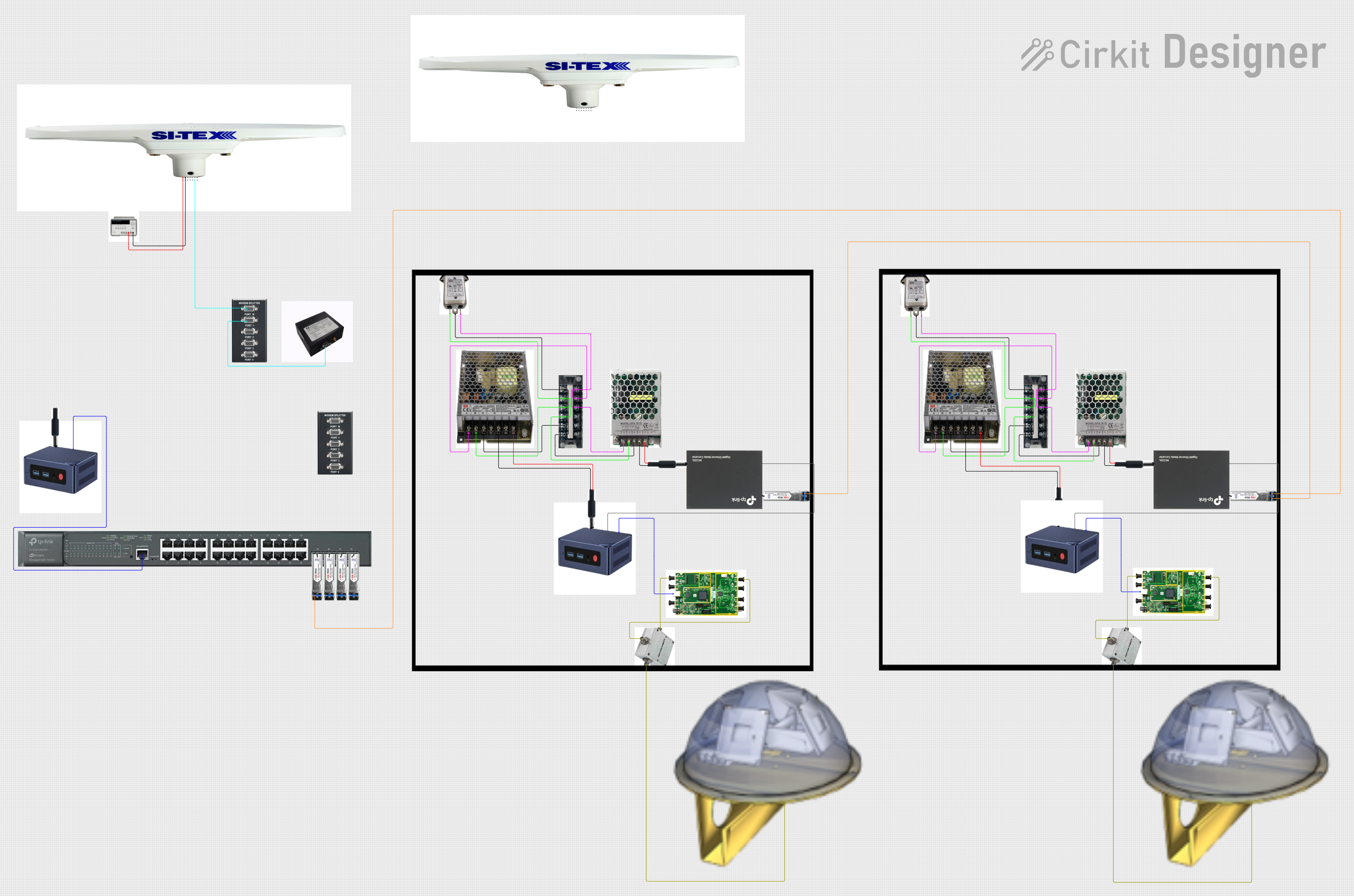
 Open Project in Cirkit Designer
Open Project in Cirkit Designer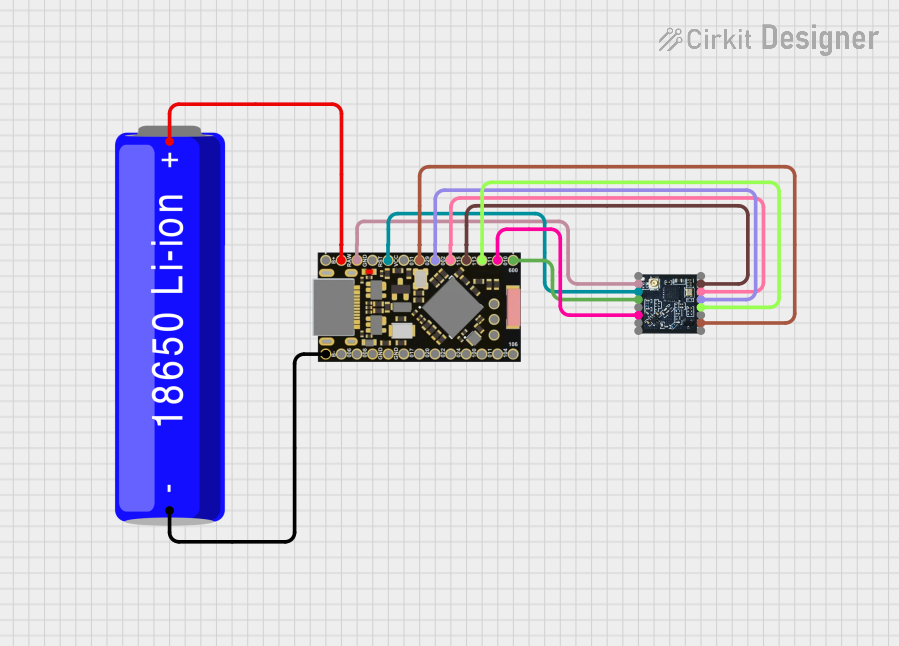
 Open Project in Cirkit Designer
Open Project in Cirkit DesignerExplore Projects Built with rx5808

 Open Project in Cirkit Designer
Open Project in Cirkit Designer
 Open Project in Cirkit Designer
Open Project in Cirkit Designer
 Open Project in Cirkit Designer
Open Project in Cirkit Designer
 Open Project in Cirkit Designer
Open Project in Cirkit DesignerCommon Applications and Use Cases
- Remote control systems (e.g., drones, RC cars, and planes)
- Wireless telemetry for IoT devices
- Data transmission in industrial automation
- Wireless sensor networks
- DIY electronics projects requiring RF communication
Technical Specifications
The RX5808 module is designed to provide stable and efficient RF communication. Below are its key technical specifications:
| Parameter | Value |
|---|---|
| Frequency Range | 433MHz to 915MHz |
| Operating Voltage | 5V DC |
| Current Consumption | ~25mA |
| Sensitivity | -90dBm to -105dBm (typical) |
| Modulation Type | FM (Frequency Modulation) |
| Data Rate | Up to 10kbps |
| Operating Temperature | -20°C to +70°C |
| Dimensions | 21mm x 12mm x 3mm |
Pin Configuration and Descriptions
The RX5808 module typically has 8 pins. Below is the pinout and description:
| Pin Number | Pin Name | Description |
|---|---|---|
| 1 | GND | Ground connection |
| 2 | VCC | Power supply (5V DC) |
| 3 | DATA | Digital data output |
| 4 | CS | Chip Select (active low) |
| 5 | CLK | Clock input for SPI communication |
| 6 | MOSI | Master Out Slave In (SPI data input) |
| 7 | MISO | Master In Slave Out (SPI data output) |
| 8 | ANT | Antenna connection for RF signal reception |
Usage Instructions
The RX5808 module is straightforward to use and can be easily integrated into a circuit. Below are the steps and best practices for using the module:
Connecting the RX5808 to a Microcontroller
- Power Supply: Connect the
VCCpin to a 5V power source and theGNDpin to ground. - SPI Communication: Connect the
CS,CLK,MOSI, andMISOpins to the corresponding SPI pins on your microcontroller. - Antenna: Attach a suitable antenna to the
ANTpin to ensure optimal RF signal reception. - Data Output: Use the
DATApin to receive the demodulated digital signal.
Example: Using RX5808 with Arduino UNO
Below is an example of how to interface the RX5808 with an Arduino UNO to receive RF data:
#include <SPI.h>
// Define RX5808 SPI pins
#define CS_PIN 10 // Chip Select pin
#define CLK_PIN 13 // Clock pin
#define MOSI_PIN 11 // Master Out Slave In
#define MISO_PIN 12 // Master In Slave Out
void setup() {
// Initialize Serial Monitor for debugging
Serial.begin(9600);
// Initialize SPI communication
SPI.begin();
pinMode(CS_PIN, OUTPUT);
digitalWrite(CS_PIN, HIGH); // Set CS pin to HIGH (inactive)
Serial.println("RX5808 Initialized");
}
void loop() {
// Example: Read data from RX5808
digitalWrite(CS_PIN, LOW); // Activate RX5808
byte receivedData = SPI.transfer(0x00); // Send dummy byte to receive data
digitalWrite(CS_PIN, HIGH); // Deactivate RX5808
// Print received data to Serial Monitor
Serial.print("Received Data: ");
Serial.println(receivedData, HEX);
delay(100); // Small delay for stability
}
Important Considerations
- Antenna Selection: Use an antenna tuned to the operating frequency range (e.g., 433MHz or 915MHz) for optimal performance.
- Power Supply: Ensure a stable 5V power supply to avoid noise or instability in the RF signal.
- SPI Configuration: Configure the SPI settings (e.g., clock speed) to match the RX5808's requirements.
- Interference: Minimize interference from other RF devices operating in the same frequency range.
Troubleshooting and FAQs
Common Issues and Solutions
No Data Received
- Cause: Incorrect wiring or SPI configuration.
- Solution: Double-check the connections and ensure the SPI pins are correctly assigned in the code.
Weak Signal Reception
- Cause: Poor antenna or interference from nearby devices.
- Solution: Use a high-quality antenna and ensure the module is placed away from sources of interference.
Module Overheating
- Cause: Excessive current draw or improper power supply.
- Solution: Verify the power supply voltage and current ratings. Ensure proper ventilation.
Unstable Data Output
- Cause: Noise in the power supply or RF interference.
- Solution: Use decoupling capacitors near the power pins and reduce nearby RF noise sources.
FAQs
Q1: Can the RX5808 operate at 3.3V?
A1: No, the RX5808 requires a 5V power supply for proper operation.
Q2: What is the maximum range of the RX5808?
A2: The range depends on the antenna and environmental conditions but typically ranges from 100m to 500m in open areas.
Q3: Can I use the RX5808 for two-way communication?
A3: No, the RX5808 is a receiver module only. For two-way communication, you will need a transceiver module.
Q4: How do I improve signal reception?
A4: Use a properly tuned antenna, minimize interference, and ensure a clear line of sight between the transmitter and receiver.
By following this documentation, you can effectively integrate and troubleshoot the RX5808 module in your projects.